*NURSING > STUDY GUIDE > NR224 Final Exam Test Map 2020/2021_A Complete Guide For Exam Preparation (All)
NR224 Final Exam Test Map 2020/2021_A Complete Guide For Exam Preparation
Document Content and Description Below
NR224 Final Exam Test Map Distribution of Questions: Main Focus Topics : Oxygenation, Bowel/Nutrition, Medications Delegation: For all topics, please know what the nurse can and cannot delegate rel... ated to the patient’s care. Oxygenation Basic A & P • Ventilation - the movement of air between the atmosphere and the alveoli of the lungs as we inhale and exhale • Diffusion - gas exchange which involves CO2 between the alveoli and the pulmonary capillaries • Transportation - transport of oxygen from the lungs to the tissues and transport of carbon dioxide from the tissues to the lungs Respiratory assessment/Priorities of care/s/s of respiratory abnormalities and RN Response • Assessment includes pain, dyspnea, wheezing, respiratory infections, health risks, smoking, cough, environmental exposures, allergies, and medications used. • Alterations in Respiratory Functioning • Hyperventilation - ventilation in excess of that required to eliminate carbon dioxide produced by cellular metabolism • Hypoventilaiton - alveolar ventilation inadequate to meet the body’s oxygen demand or to eliminate sufficient carbon dioxide • Hypoxia - inadequate tissue oxygenation at the cellular level • Cyanosis - blue discoloration of the skin and mucous membranes • Interventions2 • Position the client to allow for maximal chest expansion • Encourage or assist client with frequent changes in position,every 2 hours • Encourage deep breathing and coughing • Encourage ambulation • Promote comfort so client can tolerate the above activities • increased fluids • suctioning3 Delivery systems • Oxygen is a medication, it must be administered as prescribed. • The dose or concentration of the oxygen should be continuously monitored • Humidification is necessary for clients receiving O2 therapy >4L/min • If you have a client receiving oxygen you must check it when you assess the client • If client is transported make sure portable tank has enough oxygen in tank • Initiating the adm of oxygen is considered similar to administering a medication and is not delegated to UAP • UAP may reapply the oxygen delivery device • Nasal Cannula • Most commonly used oxygen device because of convenience and client comfort • Delivered oxygen concentration can vary with client breathing pattern • Nasal passages must be patent for client to receive O2 • Can cause skin breakdown over the ears and in the nares • Face Mask • Face Masks cover the client’s nose and mouth4 • To avoid rebreathing CO2 while wearing a mask,a minimum of 5L/min oxygen flow rate is required • Exhalation Ports on the sides of the mask allow exhaled carbon dioxide to escape • Remember to find an appropriate mask size for the client • Limitations: hard to achieve a proper fit and poor tolerance • 40-60% when operated at 6-10L • Most common midrange O2 delivery device • Minimum of 5L/min O2 required to prevent client from re-breathing exhaled carbon dioxide • As with cannula, actual delivered O2 concentration varies with breathing pattern • Face Mask is contraindicated for clients with CO2 retention because it can worsen • Face Masks with Reservior Bags • Provide a higher oxygen concentration to the client • Portion of client’s expired air is directed to the bag • Its oxygen concentration remains the same as the inspired air • Partial Rebreather • Delivers oxygen concentrations of 60-90% at liter flows of 6-10 L per minute • O2 reservoir bag allows client to rebreathe first third of exhaled air in conjunction with O2 • Do not allow bag to deflate during inspiration to avoid CO2 buildup(increase liter of flow if needed) • Non-rebreathing Face Mask with Reservior Bag • Nonrebreather delivers the highest oxygen concentration possible 95-100% at liter flows of 10- 15L/min • One-way valves on the mask and between the reservoir bag and mask prevent room air and client’s exhaled air from entering the bag so only O2 in bag is inspired • To prevent CO2 buildup,the nonrebreather bag must not deflate • Used for critically ill clients • Face Tent • Face Tents can be used when masks are not tolerated • Provide 30-50% concentrations of O2 at 4-8L/m • Keep skin dry [Show More]
Last updated: 1 year ago
Preview 1 out of 49 pages

Reviews( 0 )
Document information
Connected school, study & course
About the document
Uploaded On
Aug 07, 2021
Number of pages
49
Written in
Additional information
This document has been written for:
Uploaded
Aug 07, 2021
Downloads
0
Views
46


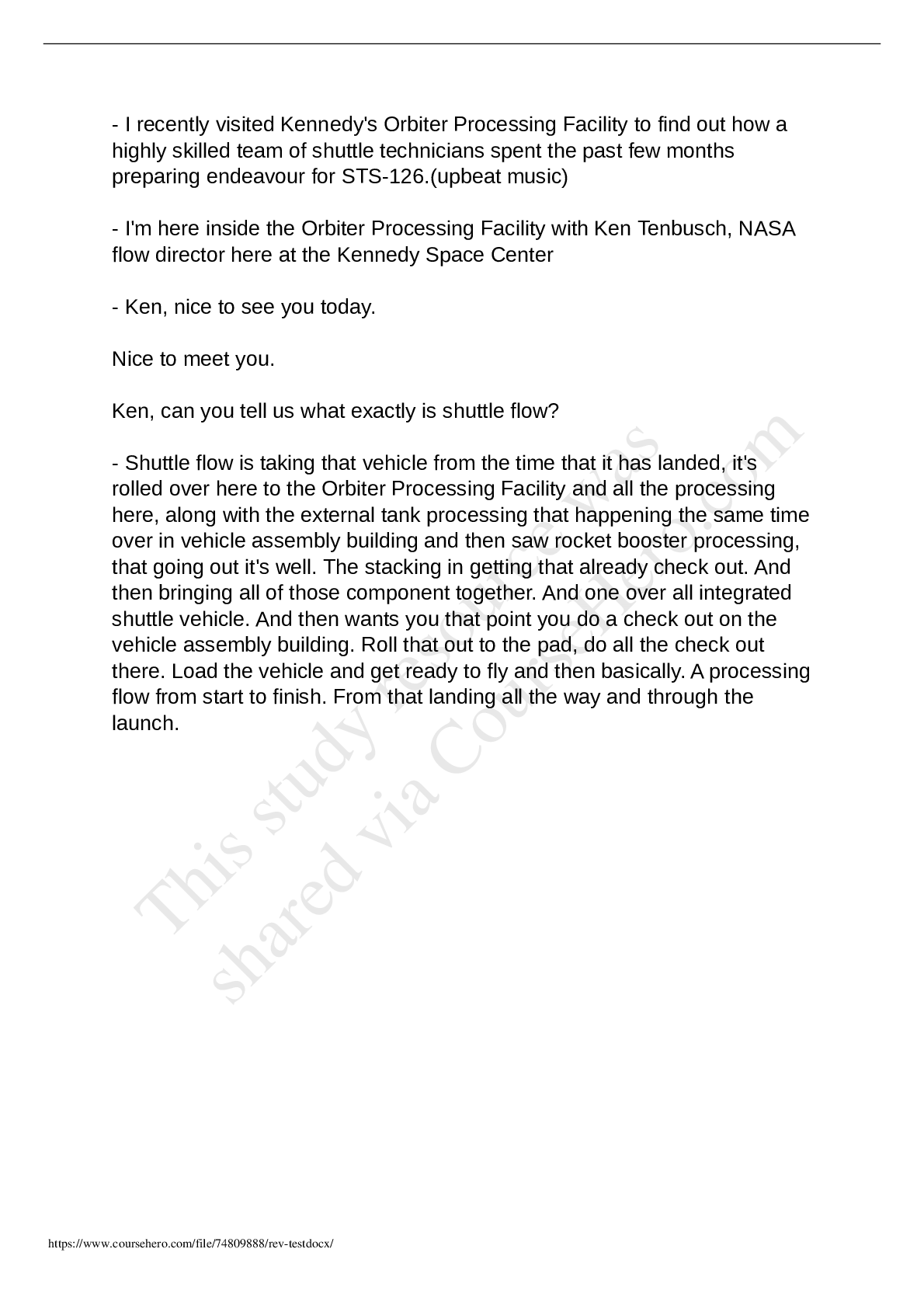

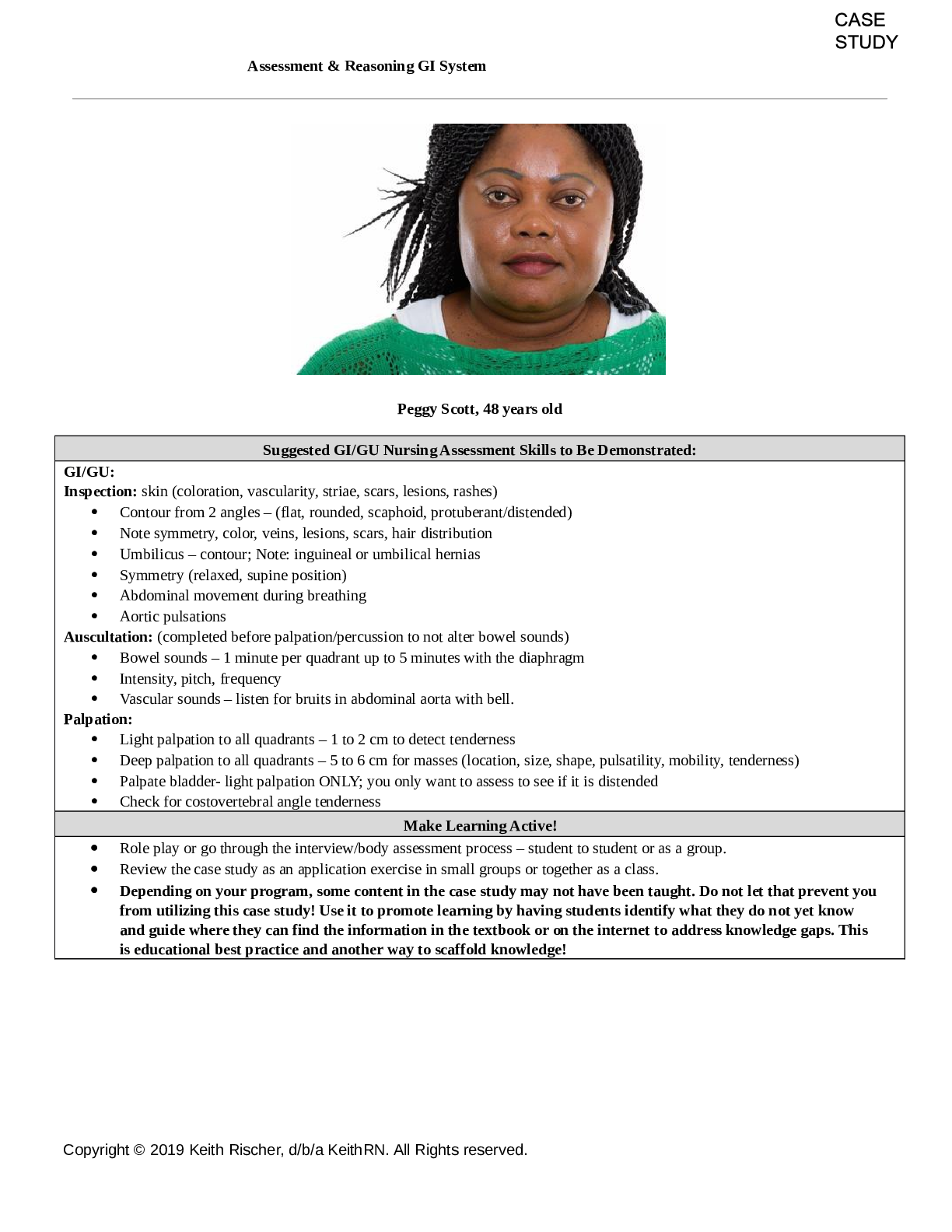

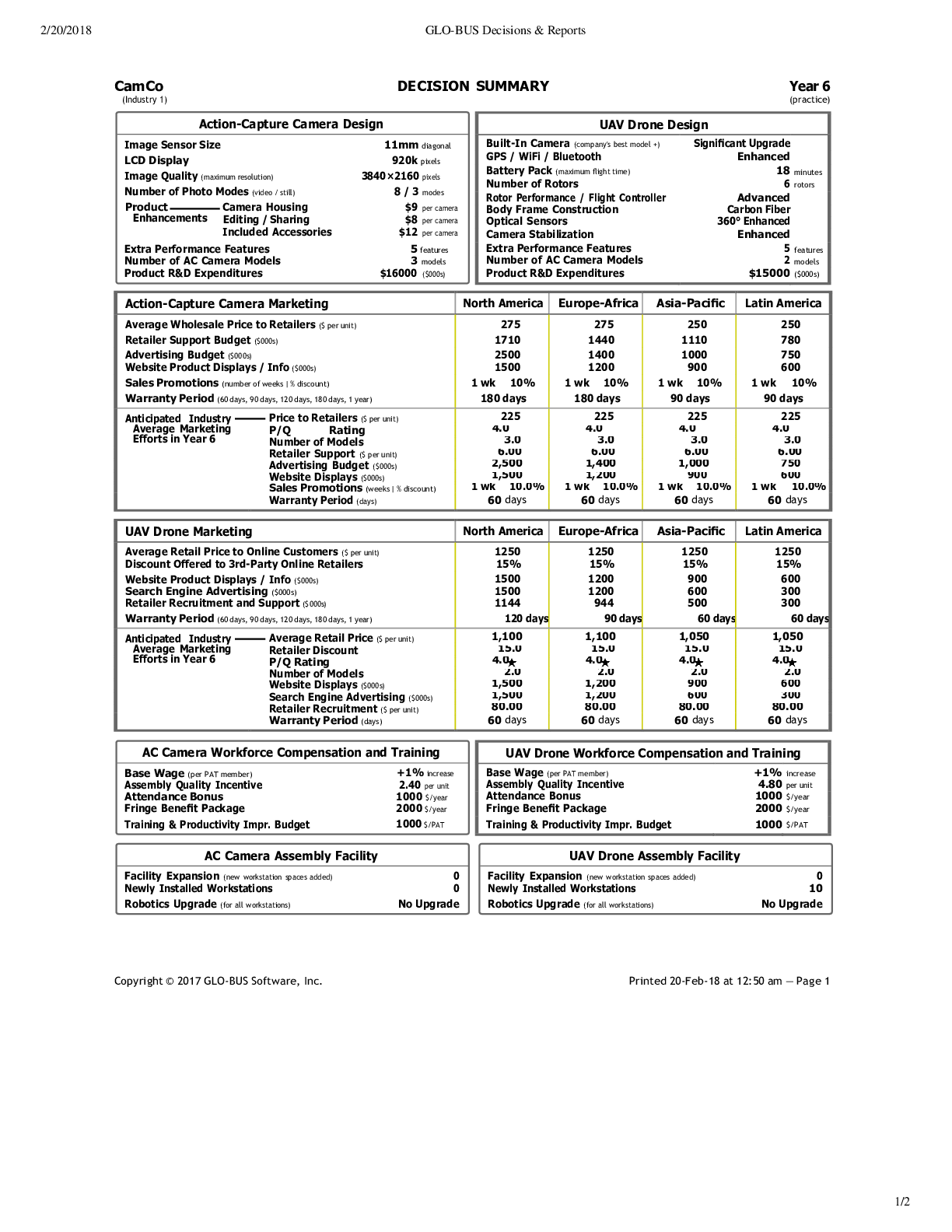
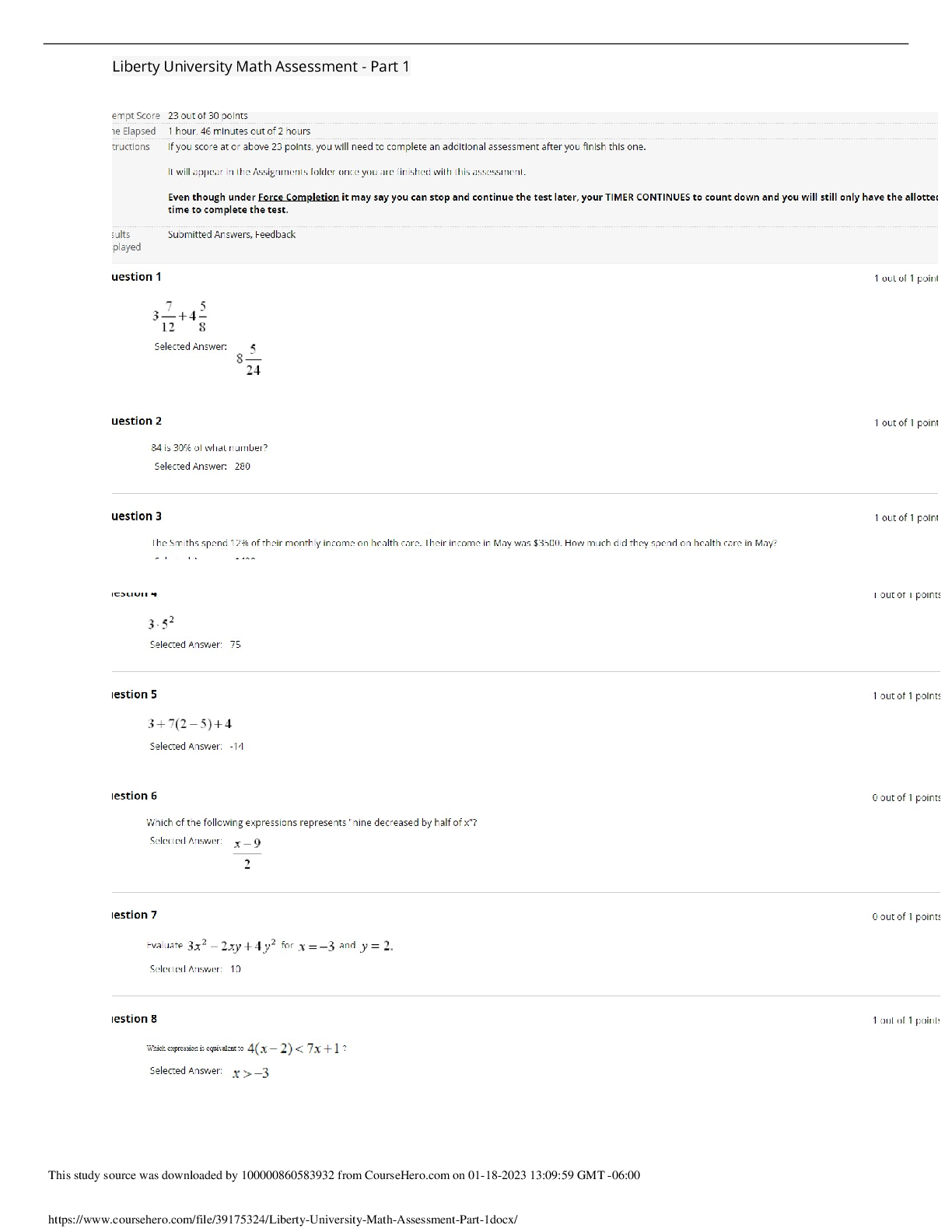

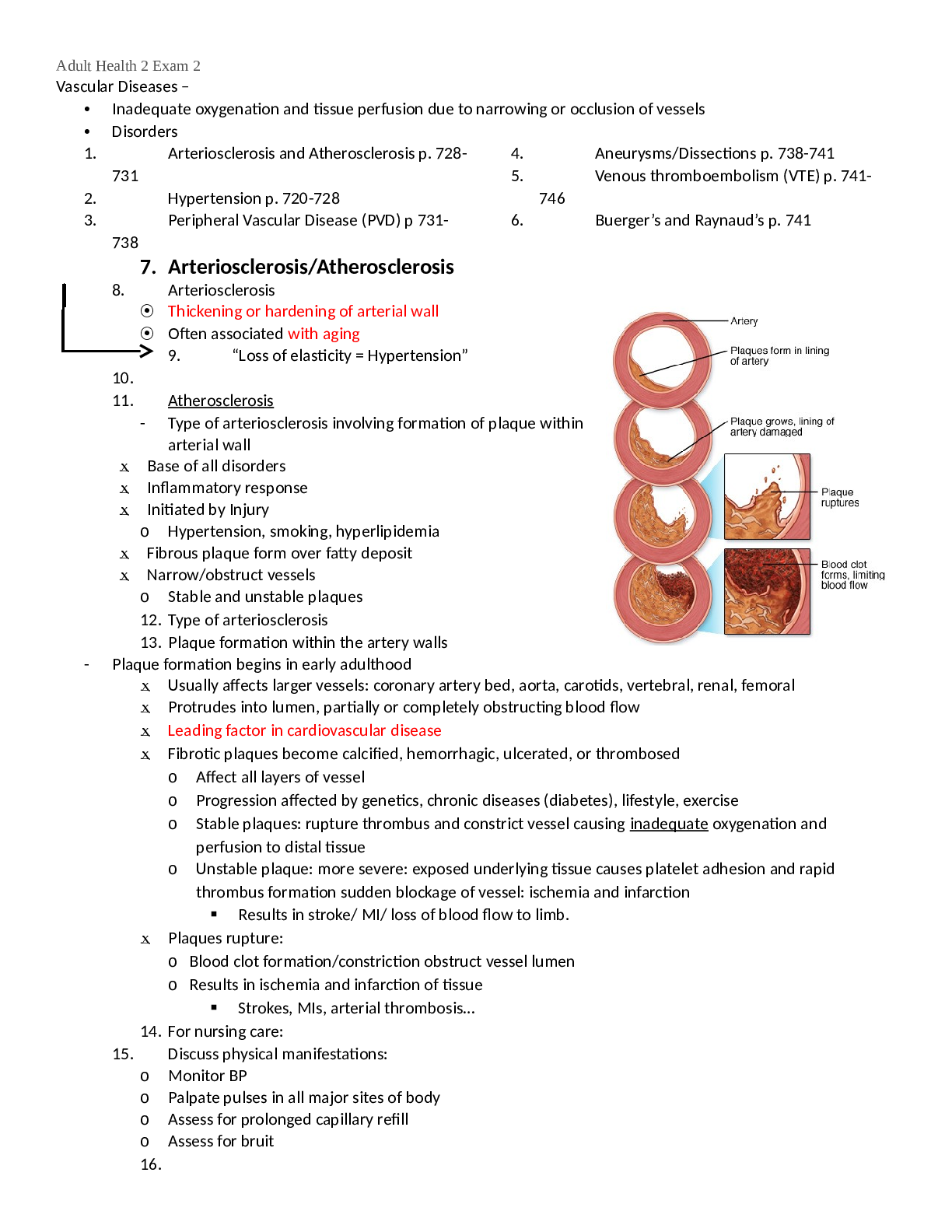
.png)
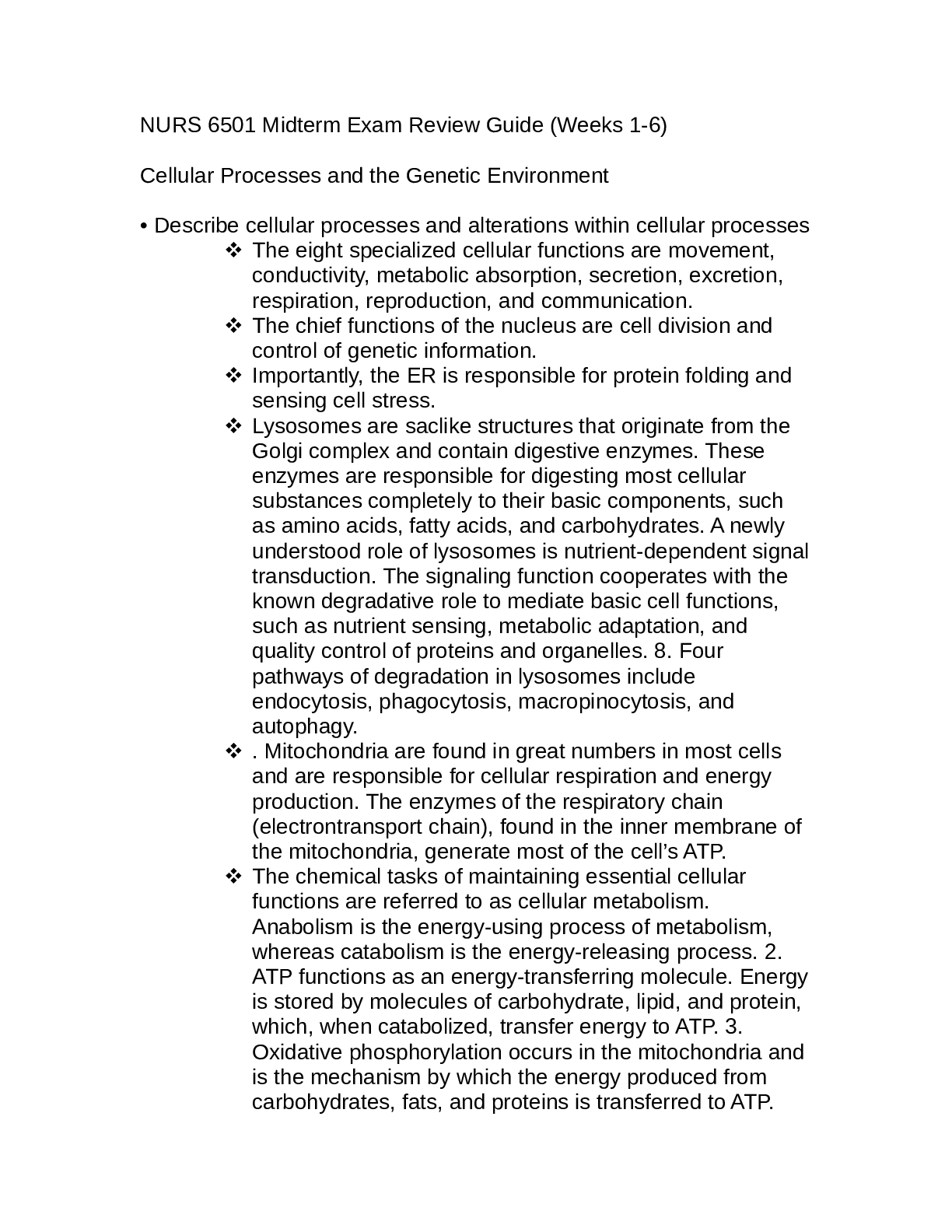

.png)
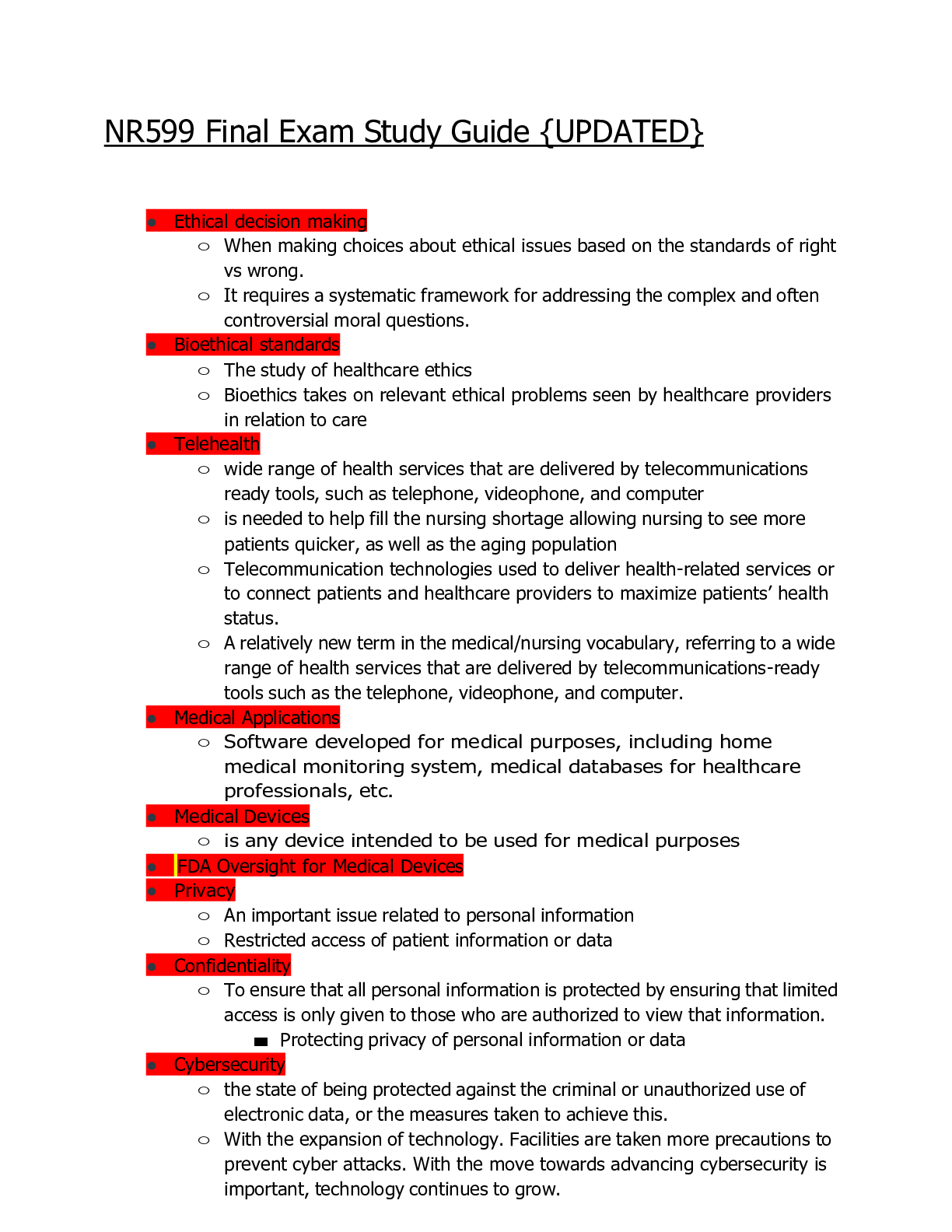
.png)
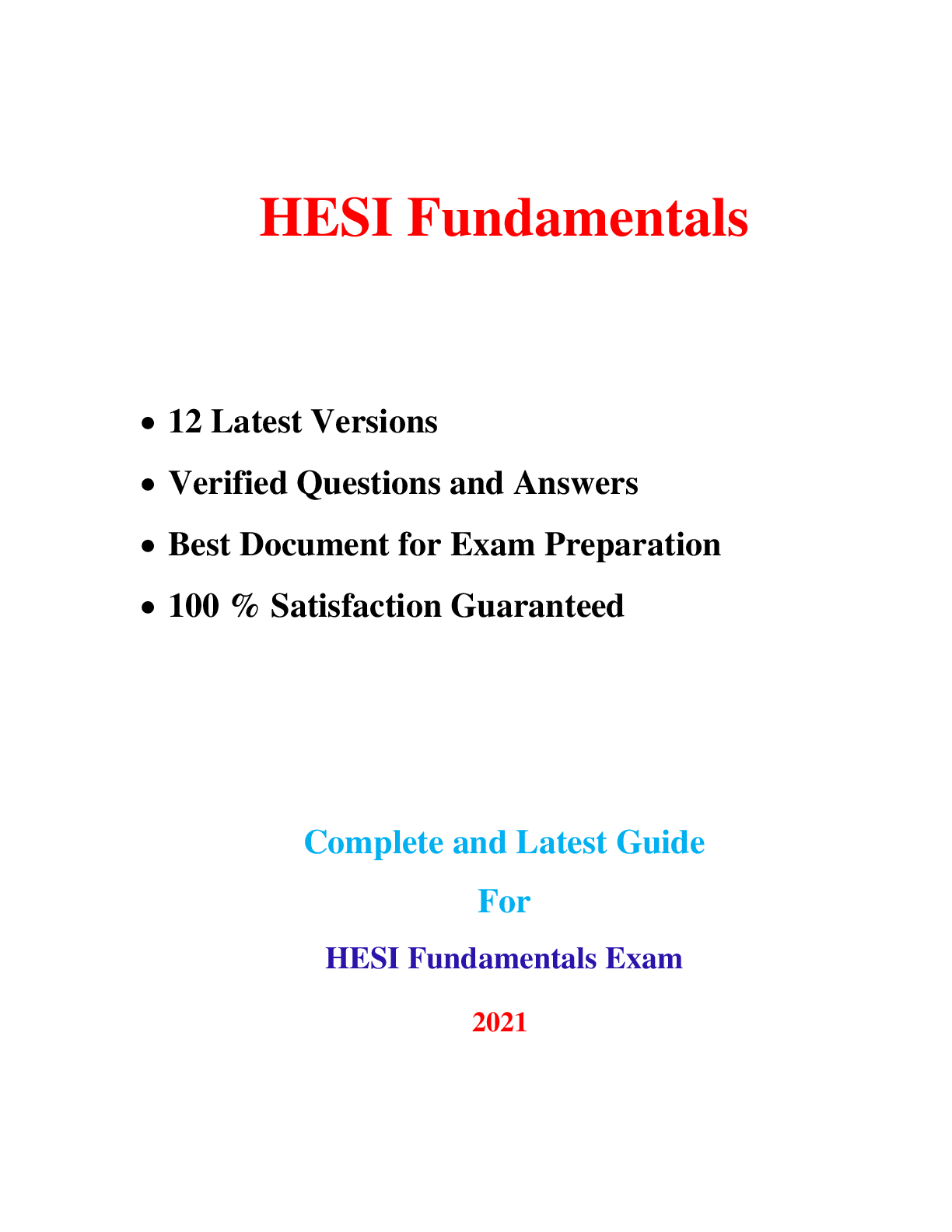



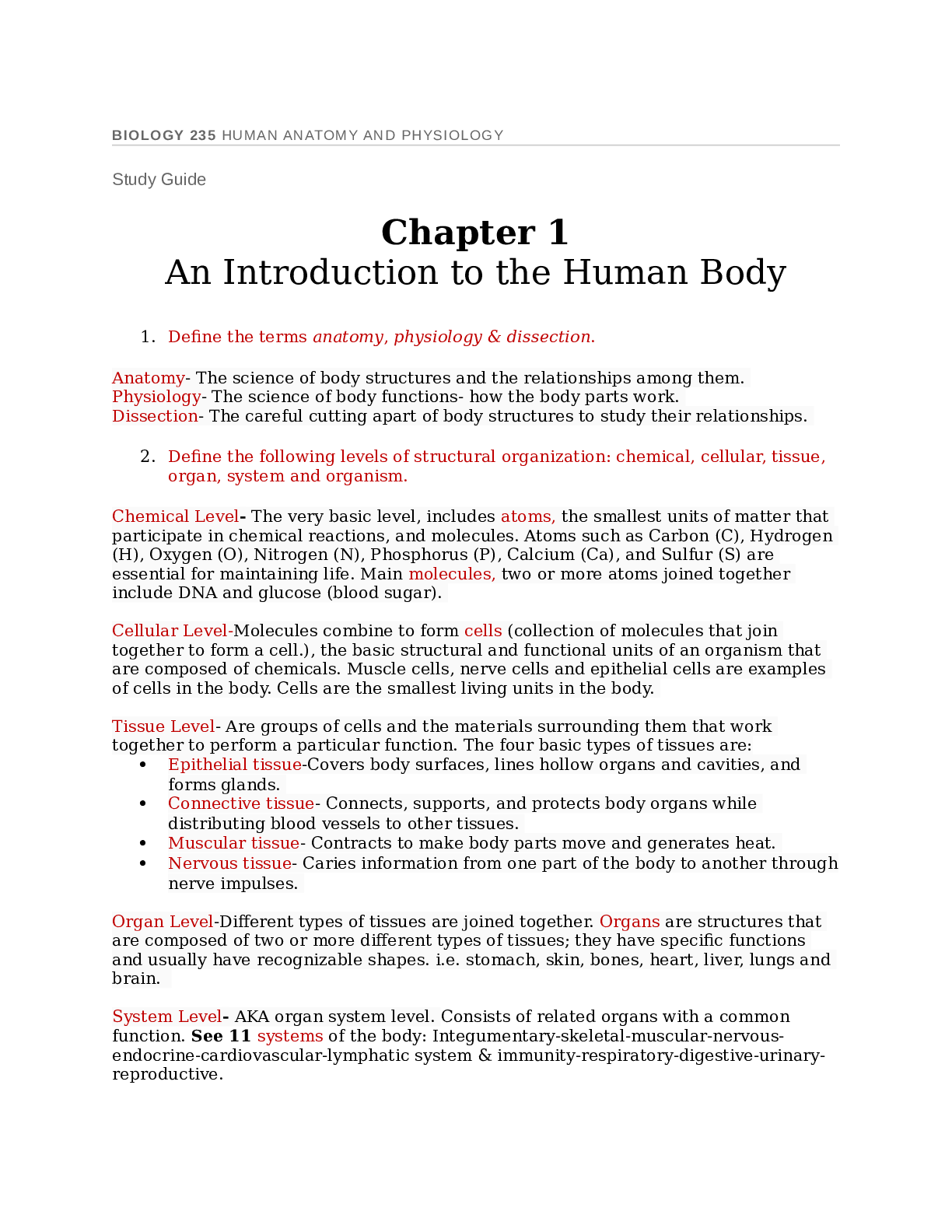

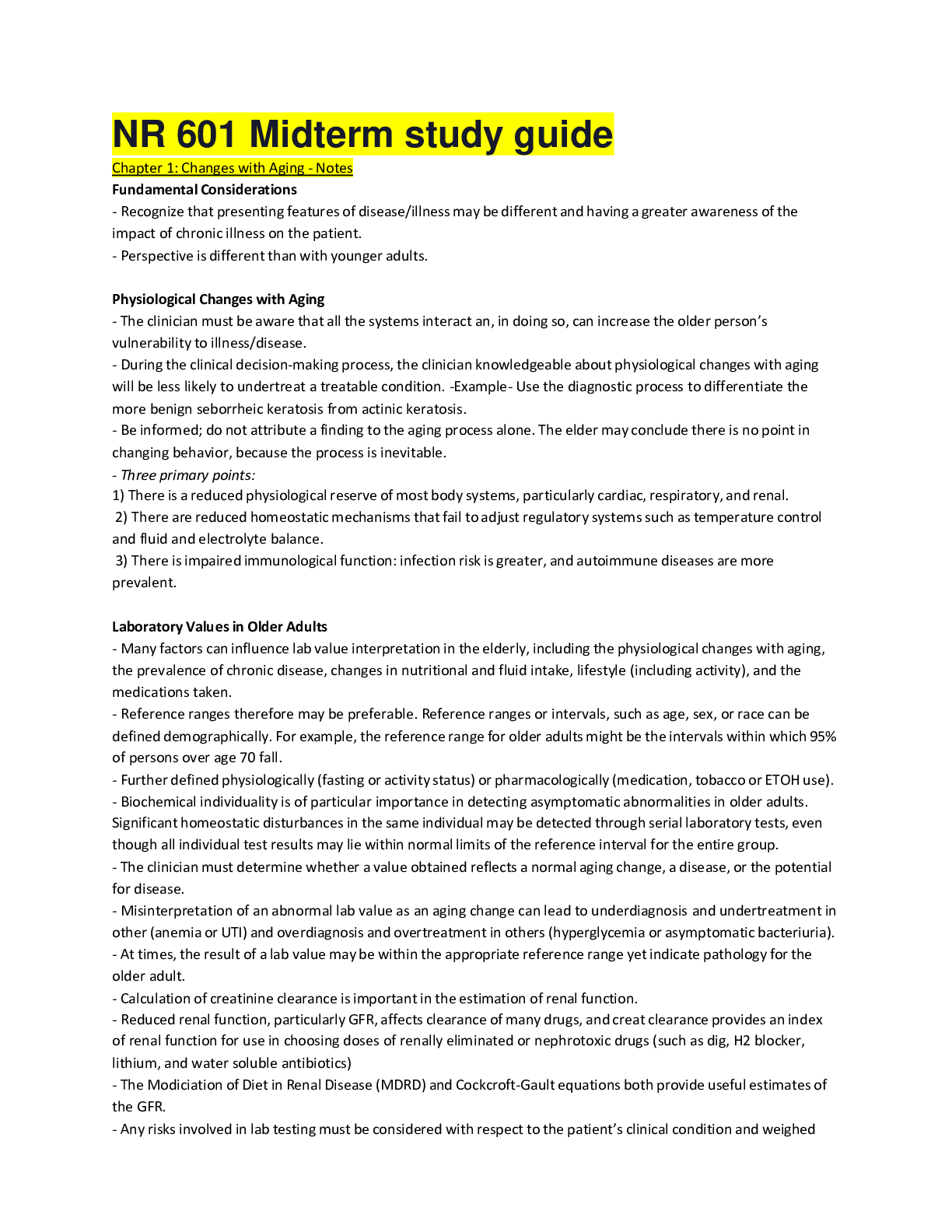


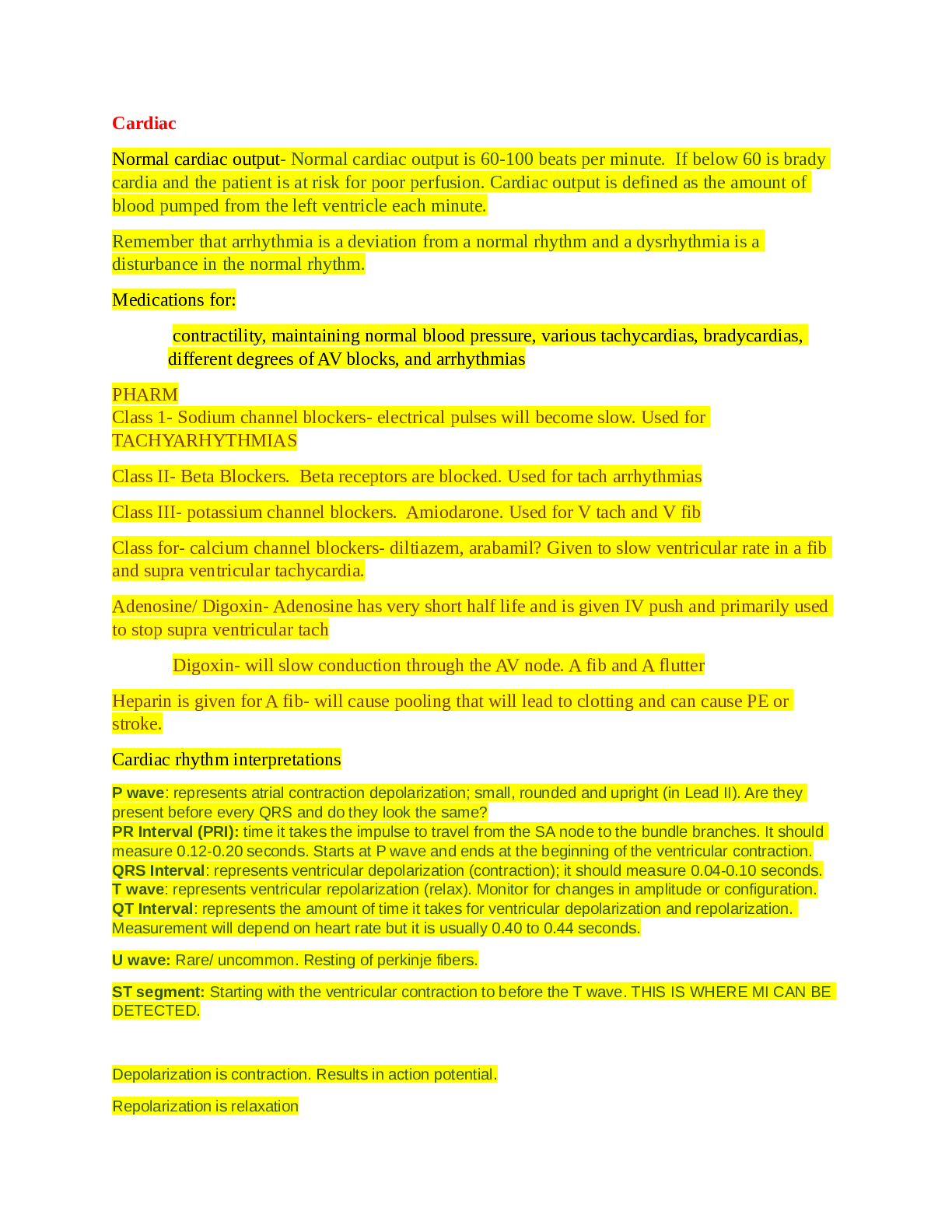

.png)

